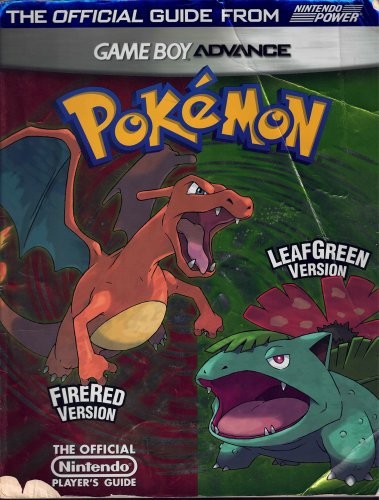For anyone looking to digitize their collection of books or magazines, achieving a high-quality scan is paramount. You might be tempted to simply place your book on a flatbed scanner and press start, but if you’re aiming for professional-level results, especially with bound materials, there’s a crucial step you can’t afford to skip: debinding. While it might sound drastic, separating the pages from the binding is the single most effective way to eliminate common scanning issues and ensure crystal-clear digital copies.
For those new to the world of scanning, the idea of cutting apart a book can be daunting. The initial thought of “destroying” an original magazine or beloved book for scanning purposes can be unsettling. However, it’s important to reframe this perspective. Debinding isn’t about destruction; it’s about transformation. It’s about preserving the content in the best possible digital format, ensuring its longevity and accessibility. Many seasoned scanners will tell you that after the first time, debinding becomes a routine part of the process, a necessary step towards achieving superior scan quality.
Using a flatbed scanner on a bound book inevitably leads to imperfections. The curvature of the pages near the spine results in distortion and shadows along the gutter—the inner margin of the page. For certain types of documents, like novels with text neatly aligned away from the gutter, cropping might offer a partial workaround. However, this isn’t a viable solution for magazines and many books where content often extends right to the edges of the page, sometimes even spanning across two facing pages.
 Distortion in scanned text due to book binding, highlighting the need for debinding for optimal game guide digitization.
Distortion in scanned text due to book binding, highlighting the need for debinding for optimal game guide digitization.
As illustrated in the example, scanning a bound book directly results in noticeable text distortion near the gutter. Unfortunately, these distortions are not easily corrected through post-scan editing. While software can help with minor adjustments, it cannot fully rectify the fundamental issues caused by scanning bound pages. This is particularly relevant when aiming to create a high-quality digital “Leaf Green Game Guide” or any visual-heavy content where clarity and accuracy are essential.
It’s a shame because, otherwise, many publications are excellent candidates for high-quality scans. Often, the paper quality is superb, minimizing concerns about yellowing or ink bleed-through during editing. With proper cropping and straightening—steps easily achieved after debinding—the scans would be ready for use with minimal further processing.
Covers, on the other hand, often require more intensive editing regardless of the scanning method. Magazine and book covers are typically subjected to more wear and tear than internal pages. Metallic or foil covers, like the one shown in the example, can present additional challenges due to their reflective surfaces. Restoring a heavily worn cover can be a time-consuming process, sometimes requiring hours of dedicated editing work. For this stage, image editing software is indispensable. While Photoshop is a popular choice, even older versions offer powerful tools for image manipulation. Free or subscription-based alternatives are also available depending on your budget and needs.
Tools like content-aware fill, especially in newer software versions that leverage AI advancements, are incredibly useful for removing creases, scratches, tears, and other imperfections from covers and pages. With a bit of time and effort, even significantly damaged areas can be convincingly restored. A quick touch-up of the example cover demonstrates the potential for improvement, even with minimal effort. Dedicating more time and utilizing advanced editing techniques can yield even more impressive results, bringing faded and damaged covers back to life.
By prioritizing debinding, and understanding the subsequent steps of scanning and editing, you can ensure your digital archive of books and magazines, including valuable resources like a “leaf green game guide”, reaches its highest possible quality. While the initial step of debinding might seem like a hurdle, it is undeniably the key to unlocking professional-level scan results and preserving your collection for years to come.